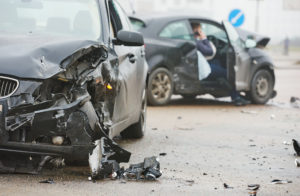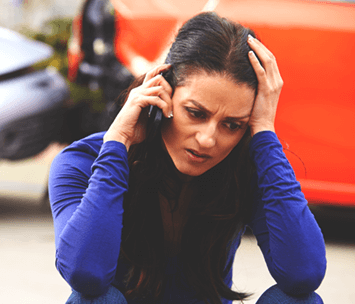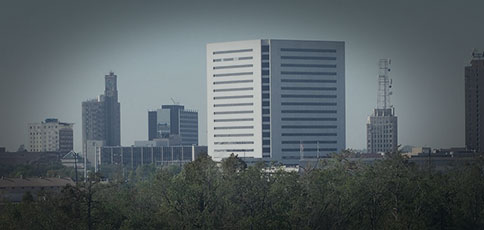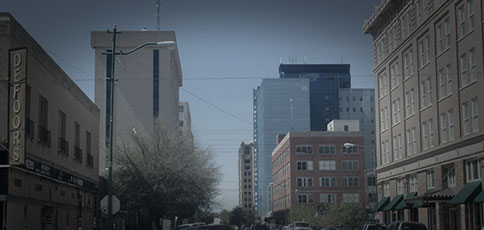
You can determine fault in a Dallas car accident by gathering evidence. In turn, the evidence you find should support your allegations that another party acted negligently. Negligence constitutes a “failure to behave with the level of care that someone of ordinary prudence would have exercised under the same circumstances.”
There are many ways in which a driver could have caused your rear-end collision.
For instance, some forms of negligent driving may include, but are not limited to:
- Distracted driving, including texting while driving
- Drunk driving
- Driving while under the influence of drugs
- Engaging in road rage
- Speeding
- Tailgating
Other forms of negligence could have caused your accident than those listed above. You may choose to work with a Texas rear-end collisions lawyer to recover compensation for your damages.
Proving Fault in a Rear-End Collision with Evidence
After a rear-end collision, law enforcement officials may fill out a police report. If the cause of an accident is readily apparent, the attending police officer may list the at-fault party in the police report. They may also document the time and location of the crash, whether anybody was injured, and the points of impact on each vehicle. The police report can be used to prove fault following a motor vehicle accident.
There are other pieces of information that could help your case other than the police report.
These items include:
- Your medical records. Your medical records can be used to tie your injuries to the collision in question. They may also list your diagnosis, prognosis, and the types of medications you were prescribed.
- Eyewitness statements. Some people might have seen your accident happen. These parties can include bystanders or others in the car with you. The testimony they give could help determine fault in a rear-end collision.
- Traffic camera footage. Many streets are equipped with traffic cameras. You may be able to use surveillance footage to prove the cause of your collision.
Additional pieces of evidence may also be utilized to determine fault. When you work with a Texas rear-end collisions lawyer, they can gather evidence on your behalf.

800-285-HURT (4878)Available 24/7 | 356 Days | se habla español
The Four Elements of Proving Negligence
You must prove the four elements of negligence to hold another party accountable for your losses. Again, you may choose to work with a lawyer throughout this process.
Proving negligence is a four-step process which includes:
Proving that the Other Party Owed You a Duty of Care
All motorists, motorcyclists, bicyclists, and pedestrians are owed a duty of care from others. One’s duty of care means that they will not take actions that recklessly endanger other road users. Everyone is expected to follow traffic safety rules, obey the speed limit, and refrain from drunk driving.
Establishing that the Other Party Breached Their Duty of Care
You must also prove that the other party violated their duty of care. There is no set definition that constitutes a breach of duty of care. However, in general, when a road user acts carelessly or recklessly, they are considered to have breached their duty of care.
For instance, suppose you were rear-ended by a drunk driver. In this situation, because the other motorist was driving while intoxicated, they are considered to have breached their duty of care.
Linking the Other Party’s Actions to the Accident
You must also prove that the other party’s negligent or careless actions caused your accident. You may be able to do this by citing the information in the police report, utilizing witness testimony, or referencing traffic camera footage.
Proving that You Suffered Financial Losses
Finally, you will need to show that you suffered financial losses as a result of your Texas rear-end collision. You may be able to use your medical bills to make this assertion.
Seek Justice for Your Rear-End Collision with Loncar Lyon Jenkins
According to the Texas Department of Transportation (TxDOT), there were approximately 12,897 serious injury crashes that took place in 2019. Many of these crashes were rear-end collisions.
The car accident lawyers at Loncar Lyon Jenkins are ready to help you recover compensation following your rear-end collision in Texas. The sooner you act, the sooner a Texas rear-end collisions lawyer can get started building your case. Whether through an insurance claim or personal injury lawsuit, Loncar Lyon Jenkins will fight for a successful outcome on your behalf.
We encourage you to act quickly because Texas’s statute of limitations may affect your personal injury case. Per Texas Civil Practice and Remedies Code §16.003, claimants typically have two years to file a car accident lawsuit. To learn more about how fault is determined in a rear-end collision, call Loncar Lyon Jenkins at (877) 239-4878.














